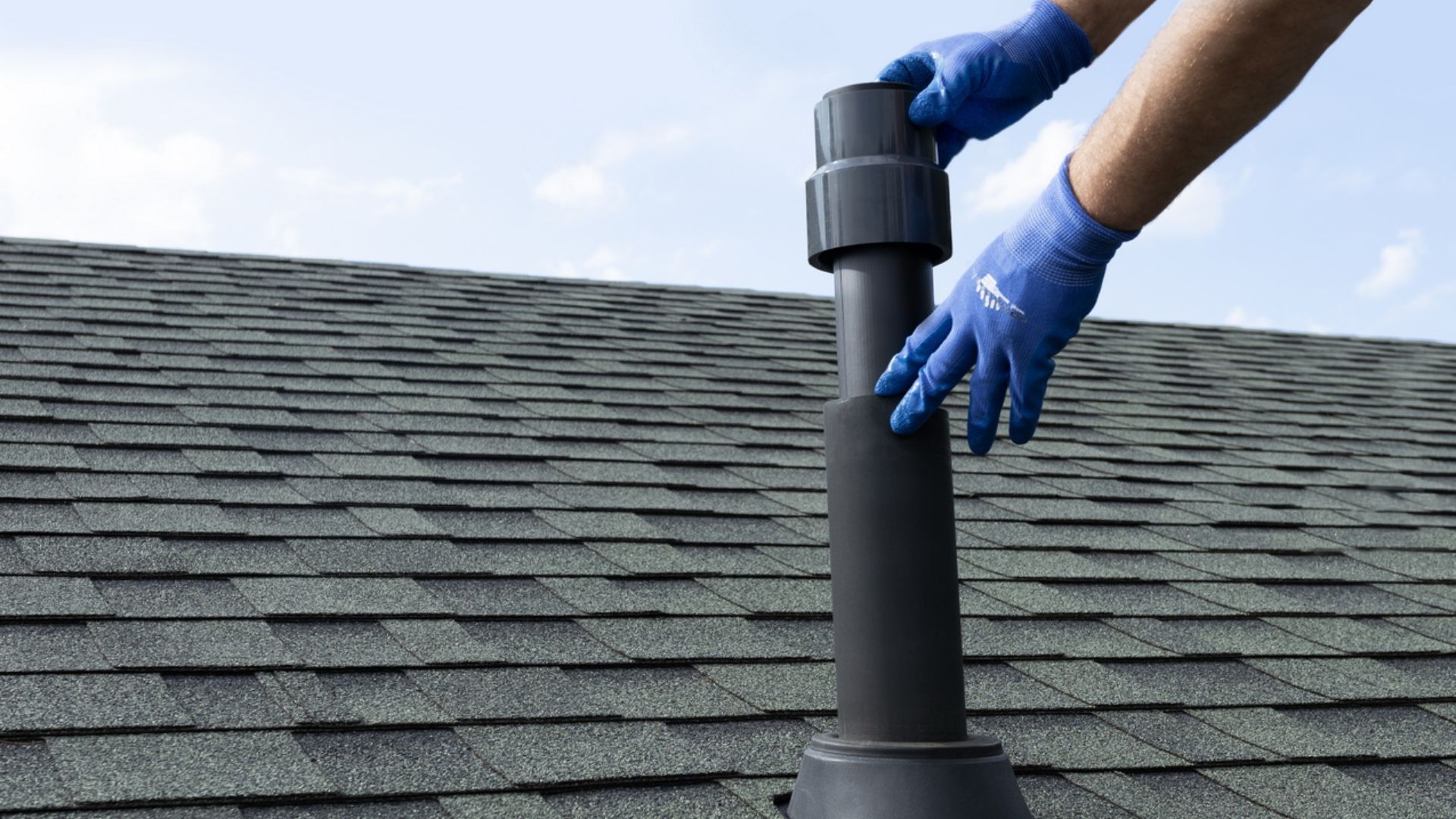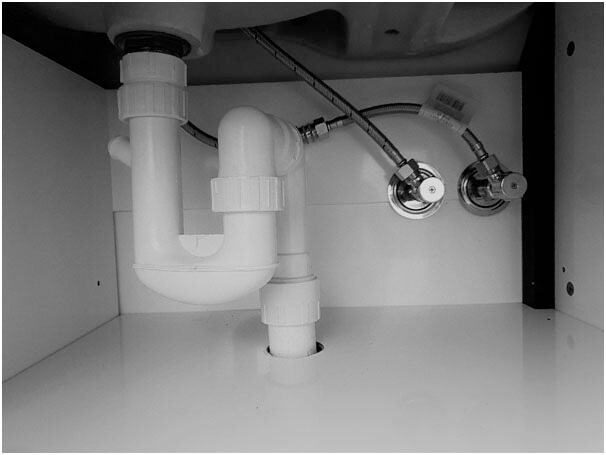Proper Ventilation in Plumbing Systems: How It Matters
Proper Ventilation in Plumbing Systems: How It Matters
Blog Article
What're your opinions on Essential Plumbing Vent Pipes: Understanding Their Role?

Correct ventilation in pipes systems is usually neglected, yet it is vital for maintaining the performance and security of your home's plumbing. Ventilation assists regulate atmospheric pressure, prevent the build-up of damaging gases, and ensure the reliable elimination of waste. In this overview, we will discover the importance of correct pipes ventilation, how it works, and the advantages it gives your pipes system.
Exactly How Ventilation Functions in Pipes Equipments
Air Pressure Policy
Correct air flow maintains balanced atmospheric pressure within the plumbing system. When water streams with pipelines, it displaces air. Without appropriate air flow, this displacement can produce unfavorable pressure, causing reduce drains or siphoning of water from traps, which can cause unpleasant odors to permeate right into the home.
Protecting Against Sewage System Gas Buildup
One of one of the most crucial features of pipes vents is to prevent sewer gases, such as methane and hydrogen sulfide, from gathering within the home. These gases can posture serious health risks and are highly combustible. Vent pipelines enable these gases to run away securely outside.
Assisting in Waste Removal
Air flow assists in the effective removal of wastewater by avoiding airlocks in the water drainage system. When air can move easily through the vents, it enables water and waste to move smoothly via the pipes, reducing the threat of obstructions and backups.
Advantages of Correct Air Flow
Enhanced System Performance
Properly aerated plumbing systems run much more efficiently, with less blockages, faster draining, and much less strain on the pipelines. This efficiency extends the life expectancy of the pipes system.
Improved Air Quality
By protecting against sewer gases from entering your home, proper ventilation contributes to far better interior air high quality, making your living environment healthier and extra comfortable.
Avoiding Water Damages
Adequate ventilation aids stop water from being siphoned out of catches, which can bring about sewer gases going into the home and triggering water damage with time.
Steps to Make Sure Proper Air Flow
Consulting Pipes Codes
Always seek advice from neighborhood plumbing codes when designing or modifying your plumbing system. These codes supply the necessary standards for correct airing vent and ensure your system meets safety standards.
Normal Assessment and Upkeep
Regular inspections can aid recognize prospective air flow concerns prior to they end up being significant troubles. Upkeep jobs, such as cleaning up air vent pipes and looking for obstructions, are crucial for maintaining the system in good working order.
Expert Setup
For brand-new installments or major adjustments, it's important to employ an expert plumbing. They have the know-how to ensure the ventilation system is properly designed and mounted according to code.
Understanding Air Flow in Pipes
Air flow in plumbing describes the network of pipes that allow air to move via the water drainage system. These vents offer multiple purposes, consisting of managing atmospheric pressure within the pipes, preventing sewer gases from entering the home, and assisting in the smooth flow of wastewater.
Kinds Of Pipes Vents
Key Stack Vent
The major pile vent, also referred to as the vent pile, is the primary vent in a pipes system. It prolongs from the major drainpipe align with the roofing, allowing gases to escape and fresh air to get in the system.
Branch Vent
Branch vents attach to the main pile vent and serve individual fixtures, such as sinks, commodes, and showers. These vents ensure that each fixture has appropriate ventilation to function correctly.
Air Admittance Valve (AAV).
An Air Admittance Valve (AAV) is a one-way valve that allows air to enter the pipes system without the need for a conventional air vent pipeline prolonging with the roofing system. AAVs are typically used in remodellings or locations where setting up a common air vent is impractical.
Indicators of Poor Air Flow in Plumbing.
Slow Draining Fixtures.
If your sinks, tubs, or commodes are draining pipes slowly, maybe a sign of poor ventilation. Poor air circulation can develop a vacuum cleaner result, making it tough for water to drain pipes appropriately.
Gurgling Seems.
Gurgling noises coming from drains pipes are often a result of air being drawn via water traps due to negative stress in the pipelines. This is a clear indication of inadequate air flow.
Unpleasant Smells.
Sewage system odors inside your home are a red flag that your plumbing system is not correctly ventilated. This could mean that sewer gases are not being properly vented outside, causing possibly unsafe conditions.
Usual Air Flow Mistakes.
Inadequate Vent Sizing.
Utilizing small air vent pipes can lead to poor air circulation and stress imbalances in the system. It's necessary to use vents that satisfy the details demands of your pipes system.
Improper Vent Positioning.
Placing vents too far from the fixtures they offer can minimize their performance. Proper placement guarantees that air can flow openly and successfully with the system.
Disregarding Code Requirements.
Building regulations supply particular guidelines for plumbing ventilation. Ignoring these codes can cause a system that stops working to function appropriately and may bring about expensive repairs or carcinogen.
Final thought.
Appropriate ventilation is an important element of any plumbing system, ensuring that it operates successfully and safely. By understanding the relevance of air flow, acknowledging the indicators of poor air flow, and taking steps to keep your system, you can prevent costly concerns and shield your home's air high quality.
4 Things You Should Know About Your Plumbing Vents
What Plumbing Vents Are
Also called a vent stack, a plumbing vent is a vertical pipe attached to your drain line that runs through your roof. The plumbing vent pipe, or plumbing air vent, removes gas and odors from your plumbing system and allows fresh air to enter the pipes, helping the water to flow out of the drain pipes.
What Plumbing Vents Do
Plumbing vents have two basic functions. One of which is to allow unpleasant smelling wastewater and sewer gasses to escape your plumbing system instead of entering your home. Plumbing vent pipes are typically located on roofs, away from windows, to ensure the fumes exit the home completely.
The other function of the plumbing vent is to move fresh air into your plumbing system. This helps move water through every plumbing fixture in your house, like toilets and sink drains. Think of the way in which you need to let a little air into the bottle as you pour soda in order to make the drink flow smoothly.
Different Types of Plumbing Vents
True vent: This is the most common vent option. In simplest terms, a true vent is a vertical pipe attached to your drain line that exits through the roof. They often function as the main vent that other fixtures can connect to. Re-vent pipe or auxiliary vent: Attached to the drain line near specific plumbing fixtures, re-vent pipes run up and over to connect to the main vent. Common vent: Two plumbing fixtures installed on opposite sides of a wall are typically tied into the vent stack using something known as a sanitary cross. Wet vent: This venting option operates as a drain pipe and a vent at the same time. Wet vent drainage systems drain water from one fixture while venting the air from another. Although they’ve been used for over 100 years, wet vent systems have only recently been added to the plumbing code in many areas. If you’re planning on installing one in a bathroom remodel, make sure you check your local code prior to construction. Loop vent: For free-standing fixtures like kitchen island sinks, loop vents are ideal. These vent pipes run under the floor, rise from the P-trap, and create a loop inside the cabinet sink. Air admittance valve: An AAV is a one-way mechanical valve typically installed at the site of the plumbing fixture. AAVs allow venting to occur without having to tie into a larger venting system. They’re ideal for venting fixtures where you aren’t able to easily connect to an existing vent system. Common Plumbing Vent Issues
Although vent pipes typically don’t have water flowing through them, they’re still subject to many typical plumbing issues. For example, clogs are one of the most common problems associated with sewer vent pipes. If your vent pipe gets clogged, all of your plumbing fixtures tied into the vent stack will be affected.
A sink with a slow drain that bubbles and gurgles or a strong sewage smell around your toilet are both indicators that your toilet vent pipe is clogged. Because most vent pipes exit through the roof, old leaves, twigs or even a bird’s nest could be clogging the pipe.
Clogs in your vent pipe system cause a buildup of negative pressure, meaning that water won’t be able to flow out of your home very well. It’s similar to putting your finger over the opening of a straw to trap water inside. When you remove your finger, the water is able to flow out of the straw.
If you suspect you have any blockage in your vent, make sure you have a professional come examine the situation. Left unchecked, a blocked air vent can lead to other costly repairs, like leaks and sediment buildup.
Under Pressure
Pipe vents are essential aspects of a home’s plumbing system. Owning a home means learning about all sorts of things you never put much thought into before. But by understanding as much as you can about the important systems of your home, you can keep those budgets intact and those anxiety levels low.
https://www.homeserve.com/en-us/blog/home-improvement/plumbing-vents/

I hope you enjoyed our post on Essential Plumbing Vent Pipes: Understanding Their Role. Many thanks for finding the time to browse our article. Sharing is good. Helping others is fun. Thanks a lot for your time spent reading it.
Set An Appointment Report this page